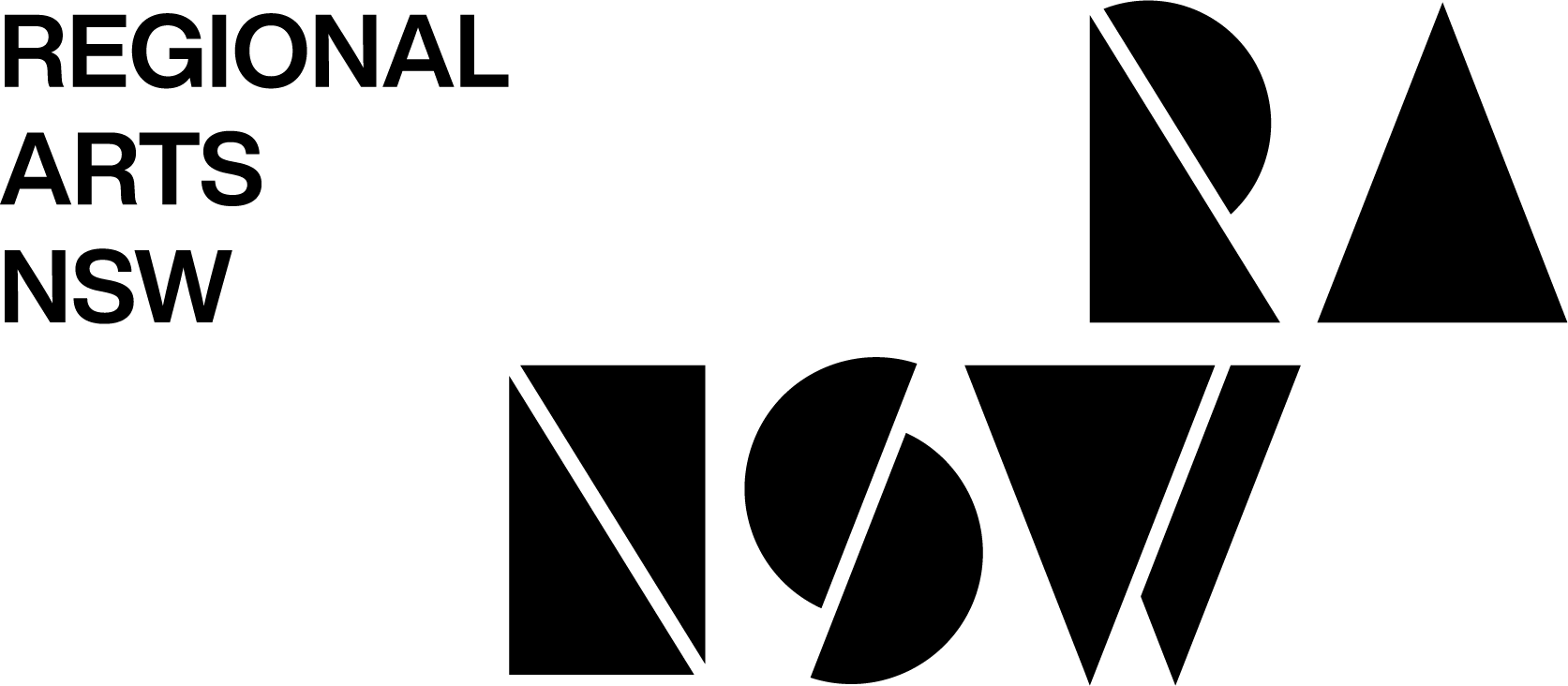Next week on the 14th and 15th of November, Regional Arts NSW will bring to culmination our Work of Art program. For a year and a half we have worked with our cohort of wonderful creative women from across regional NSW. We know from the feedback we are receiving that this program has made a real difference to the women in or cohort, but I want to reflect on why we need programs that target specific groups.
Does being a woman in regional NSW make you a member of such a marginalised group that you need an intervention such as this program to address issues of access and equity? Are there other groups that need similar investment to even up their respective playing fields? I suspect the answer to both these questions is yes.
You have to wonder how we are in a situation where women – usually a little over half of the population – can be considered marginalised, but there is no doubt that the creative industries have a history of side-lining women. It always seems incongruous that a sector that considers itself very progressive still manages to embed an ongoing lack of equity. Being regional adds an extra layer of complexity to that lack of equity. I am very proud of what we have achieved with Work of Art, where I am hearing from participants that they feel more connected, they have lost their sense of isolation and they feel more equipped to move forward in making a living from their creative practice.
This does however leave me thinking about how many other areas of marginalisation we can tackle and how we could find ways of providing interventions that can increase opportunity but also ensure that ongoing support is offered so that the connection, the skills and the confidence continue to be nurtured.
We know that regional Australia has a higher level of disability, so how can we offer more opportunity in the regions for people with disability? Are our regional First Nations people being given enough of a chance to show the work in art and culture that is happening across regional NSW? When our regional places experience less cultural and linguistic diversity than metropolitan centres, are we ensuring that arts practitioners with CaLD background are not being ignored or isolated within regional communities?
Regional NSW is a place of opportunity, of amazing and diverse art practices. We do sometimes need to put things in place that address a few challenges, and we do need to proactively work to make sure that everyone has access to those interventions. We are at our best in regional NSW when opportunity is fair, equitable and accessible.
– Regional Arts NSW CEO Tracey Callinan

